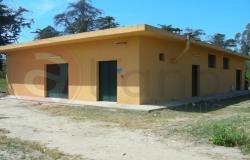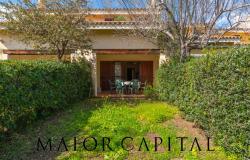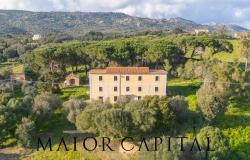The market for urban lofts bucks the property slump while average housing prices start to decline.
Forget the ancient stone farmhouse in the countryside. If you want to feel fashionably Italian, you should buy a contemporary loft in the city. Driven by Italy’s growing number of singles, the market for urban lofts has more than doubled in the last few months—a rare feat in today’s sluggish economy.
The finding comes from a report by Italian property portal Immobiliare.it, which reaches some three million users every month. Interest in lofts is highest in Milan, possibly for socio-historical reasons. The city has some 300,000 singles—and that’s not including students and people working away from home. At the same time, it has plenty of lofts.
“Lofts began as the residential conversion of former industrial buildings, which in the Lombardy capital are numerous and, by now, part of the metropolitan area,” says Carlo Giordano of Immobiliare.it. “Indeed, they are situated precisely in those areas of Milan that have more bars and meeting points—those, in other words, which are most suitable for singles.”
But prices are also playing a part in the loft boom. Lofts in Milan cost €3,700 per square metre, which is slightly lower than Italy’s average property price of €3,800. In Florence, they are even cheaper at €3,600 and in Cagliari they are a very affordable €2,600. By contrast, in Rome, they fetch an expensive €5,200 per square metre—and, unsuprisingly, their market in the Italian capital is much slower than elsewhere.
Lofts aside, however, Immobiliare.it has recorded a moderate but widespread decline in urban property prices. The site’s preliminary figures for January 2009 show that the slump in demand caused by restricted access to financing and a general drop in consumer’s confidence is starting to bite. Sale times have soared to more than six months, prompting concerned vendors to offer more significant discounts than in the past—from 3-4% to 5-6%.
Some sellers, however, are actually taking the plunge and reducing their asking prices, particularly in areas where supply of suburban new builds is substantial. The drop is highest in Rome, where Immobiliare.it registered a 5.3% reduction in asking prices between January 2009 and July 2008. Venice, Florence and Bari follow, all with decreases of 4.4% or more. Turin, Genoa, Bologna and Milan are the best performing large cities with declines ranging from 0.5% to 1.6%.
But it is not all doom and gloom, says Immobiliare.it’s Giordano. “Italy is not Spain,” where an overabundance of stock caused a collapse of prices. In the Bel Paese, “with the weakness and uncertainty linked to financial investments (stock market, state bonds, funds), property remains a safe investment and therefore its market value remains solid.”
And smaller Italian cities are still bucking the falling trend—prices in Trieste, Como, and Cremona are all up by 3.7% to 4.8%.











